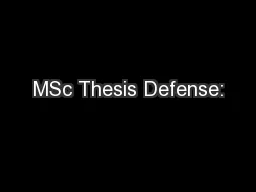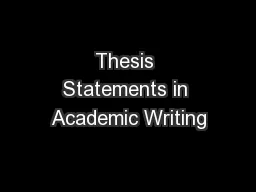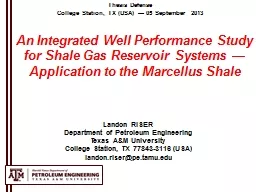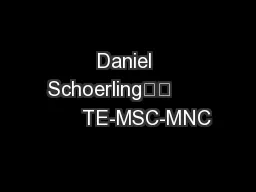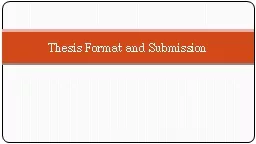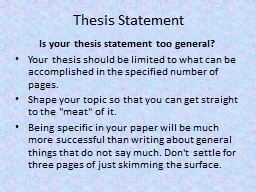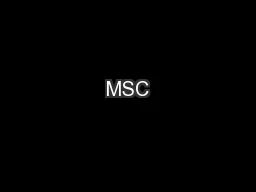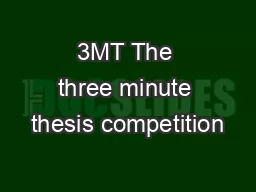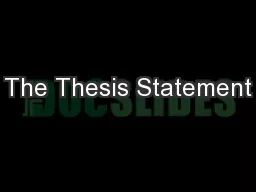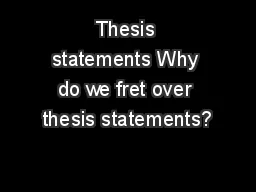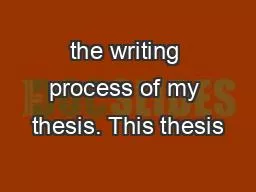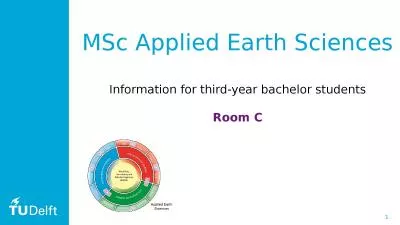PPT-MSc Thesis Defense:
Author : liane-varnes | Published Date : 2017-03-17
Impact of static sea surface topography variations on ocean surface waves Student YING Yik Keung EMCOSSE Supervisors Prof C Vuik Delft Prof LR Maas NIOZ Content
Presentation Embed Code
Download Presentation
Download Presentation The PPT/PDF document "MSc Thesis Defense:" is the property of its rightful owner. Permission is granted to download and print the materials on this website for personal, non-commercial use only, and to display it on your personal computer provided you do not modify the materials and that you retain all copyright notices contained in the materials. By downloading content from our website, you accept the terms of this agreement.
MSc Thesis Defense:: Transcript
Download Rules Of Document
"MSc Thesis Defense:"The content belongs to its owner. You may download and print it for personal use, without modification, and keep all copyright notices. By downloading, you agree to these terms.
Related Documents

